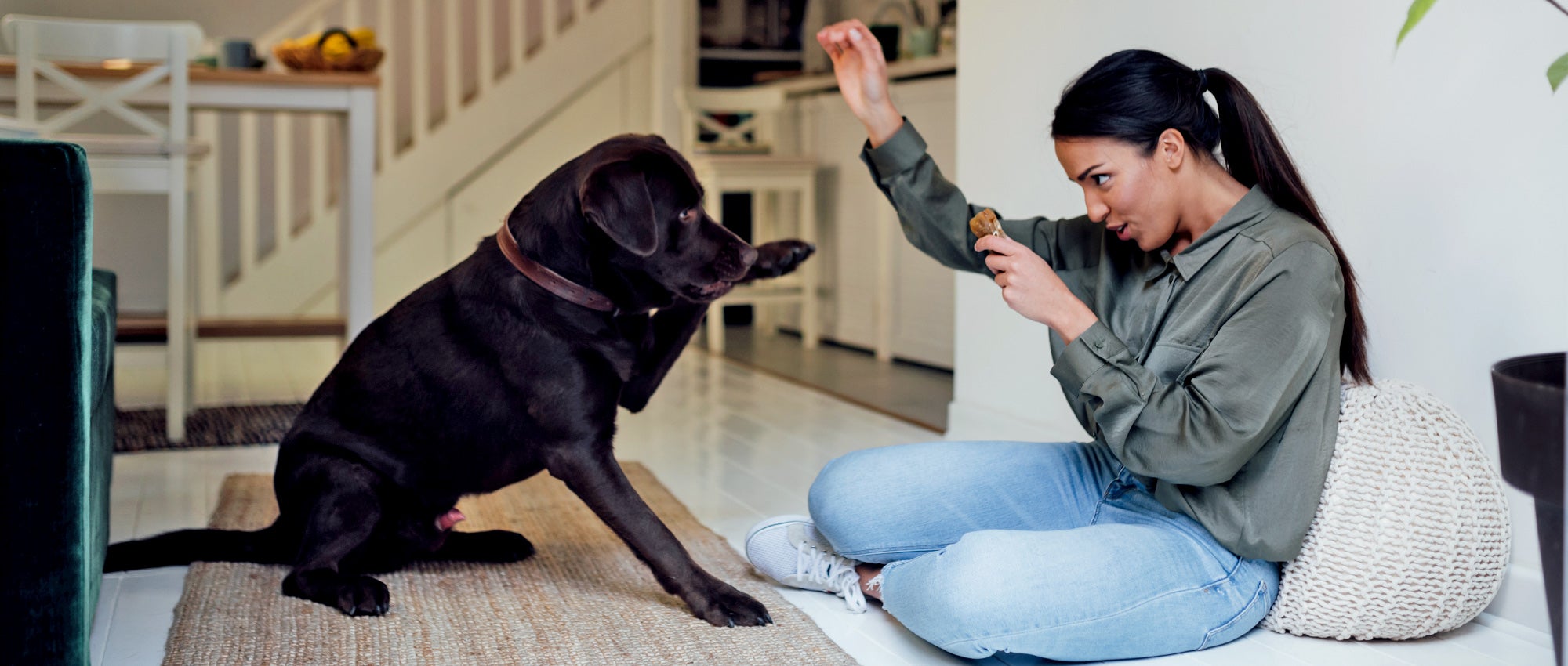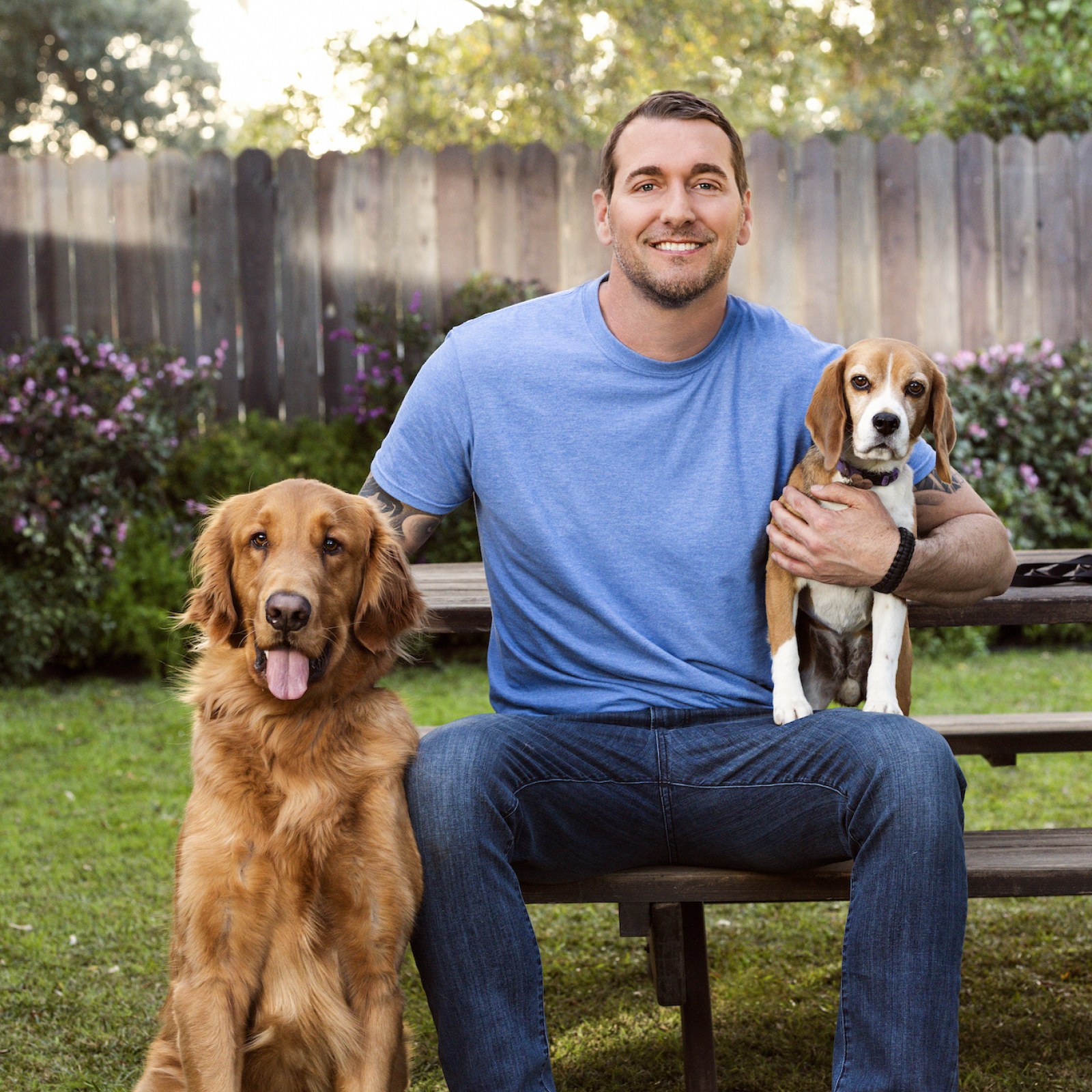Enjoyable Tasks to Boost Your Dog Training Experience
Enjoyable Tasks to Boost Your Dog Training Experience
Blog Article
Vital Tips for Effective Dog Training: A Guide for Animal Owners
Reliable canine training is a multifaceted procedure that needs a strategic strategy customized to both the animal's personality and the proprietor's objectives. Recognizing exactly how to navigate these barriers can considerably boost the training experience, eventually transforming the connection between proprietor and dog.
Recognizing Dog Actions
Understanding pet dog habits is important for efficient training and fostering a harmonious partnership between pooches and their owners. dog training. Dogs interact largely via body language, articulations, and actions, making it crucial for proprietors to interpret these signals properly.

Socializing plays a substantial role in canine habits; exposure to numerous atmospheres, individuals, and various other pets can significantly impact a dog's character. Elements such as type characteristics and specific character need to lead training techniques, as some types might have specific behavioral qualities that necessitate tailored methods. By understanding these aspects, proprietors can create an encouraging atmosphere that encourages positive habits, leading to successful training outcomes and a deeper bond with their pets.
Developing Constant Commands
Efficient interaction with your pet dog starts with developing regular commands. This fundamental component of training is crucial for cultivating understanding between you and your pet. Uniformity in the commands you use ensures that your pet dog can dependably connect certain words or expressions with the preferred behaviors.
When selecting commands, select clear, distinctive words that are easy to state and separate from one an additional. Avoid making use of similar-sounding commands that might puzzle your pet. As an example, using "rest" and "stay" is ideal, but "rest" and "hit" might cause misconceptions.
In addition, maintain the very same tone and quantity for each command. Dogs are sensitive to singing cues, so varying your tone can create complication.
It is just as essential to ensure that all family members get on the very same page pertaining to the commands utilized. A united front in command usage will stop combined signals and strengthen the knowing process.
Favorable Support Methods
The power of positive reinforcement in dog training depends on its ability to encourage desired actions through rewards and appreciation. This technique is based in the principle that habits adhered to by positive outcomes are more probable to be duplicated. By incorporating favorable support right into your training routine, you can successfully shape your pet dog's actions in a useful manner.
To execute positive reinforcement, it's essential to determine what motivates your dog, whether it be treats, playthings, or verbal appreciation. When your canine executes a desired activity, such as resting on command, right away reward them with a treat or affection. This organization in between the command and the favorable outcome reinforces their understanding.
It's critical to timing the incentives properly; supplying the support within seconds of the desired actions helps your dog make the connection (dog training). Furthermore, consistency is essential-- make certain that all member of the family make use of the very same commands and benefit systems to avoid confusion

Gradually, you can lower the frequency of treats as your canine discovers the actions, transitioning to praise or periodic benefits. This technique not just promotes a strong bond in between you and your dog however additionally promotes a favorable learning environment, making training a delightful experience for both.
Socialization and Communication
Regularly subjecting your canine to a variety of settings, people, and various other pets is important for their social development. Socializing needs to start early, preferably throughout the critical window of 3 to 14 weeks, when puppies are most receptive to new experiences. Older pets can additionally profit from continuous socialization efforts.
Introduce your dog to different setups, such as parks, pet-friendly shops, and metropolitan areas. This exposure helps them adjust to numerous stimulations, lowering anxiousness and concern actions. Motivate positive interactions with various other pets and individuals, making certain that these experiences are secure and controlled to promote confidence.
Make use of structured playdates with well-mannered pets, as this can improve your dog's social abilities and teach them ideal click resources habits. Obedience courses and training sessions likewise supply outstanding opportunities for socialization, permitting your pet to connect with others in a supervised setting.
Monitor your dog's body movement during communications, as this will assist you determine their comfort degree. Gradually boost direct exposure to more tough situations while making sure that each experience is positive. A well-socialized pet dog is most likely to show balanced behavior, making them a pleasure to have in any setting.
Resolving Typical Training Obstacles
Every dog owner will certainly encounter training difficulties eventually, despite their pet dog's age or socialization level. Determining usual problems such as stubbornness, disturbances, and fearfulness can assist in creating effective techniques for renovation.

Interruptions during training sessions can hinder focus. To fight this, begin training in a silent setting with very little stimulations. you can look here Slowly introduce diversions as the pet dog ends up being a lot more efficient in commands. Short, constant training sessions are additionally efficient in preserving interest.
Fearfulness can impede a canine's learning procedure. Steady desensitization to the source of worry, matched with positive support, can assist minimize anxiety. Patience is critical; never ever force a dog right into a circumstance that causes distress, as this might worsen the issue.
Inevitably, understanding and attending to these common obstacles with an organized method will certainly promote a more effective training experience, strengthening the bond in between canine and owner while advertising effective understanding.
Final Thought
In recap, successful pet training depends on a comprehensive understanding of canine actions, the establishment of regular commands, and the application of positive support hop over to these guys techniques. Socializing plays an important role in establishing well-adjusted pets, while attending to common training difficulties requires persistence and adaptability. By carrying out these essential methods, pet owners can cultivate a strong bond with their pet dogs and promote desirable actions, ultimately causing a harmonious connection in between people and their canine buddies.
Recognizing canine habits is essential for efficient training and fostering a harmonious connection in between pooches and their proprietors.Socialization plays a considerable duty in dog behavior; exposure to different settings, individuals, and various other animals can considerably influence a pet dog's temperament.The power of favorable support in pet training lies in its ability to motivate preferred actions via incentives and praise. By incorporating positive reinforcement into your training regimen, you can efficiently shape your pet dog's habits in a useful fashion.
In recap, effective pet dog training depends on a thorough understanding of canine actions, the facility of constant commands, and the application of favorable reinforcement methods.
Report this page